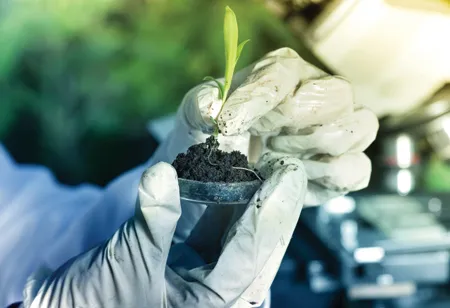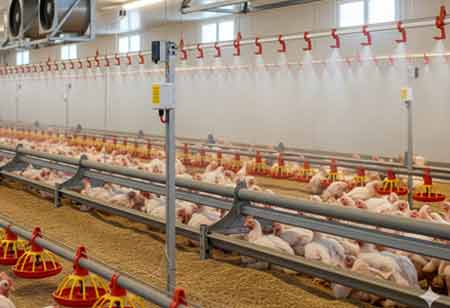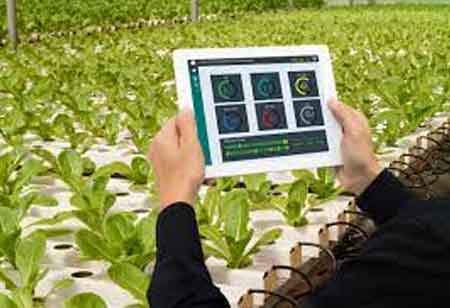Thank you for Subscribing to Agri Business Review Weekly Brief
Harnessing Automated Farming for Sustainable Agriculture
Technology is revolutionizing agronomy by offering tools that enhance crop yields, conserve resources, and make farming more efficient and sustainable.

By
Agri Business Review | Thursday, March 20, 2025
Stay ahead of the industry with exclusive feature stories on the top companies, expert insights and the latest news delivered straight to your inbox. Subscribe today.
Fremont, CA: With the increasing global population and heightened need for food production, the importance of implementing effective and sustainable farming methods has never been greater. One significant advancement in this realm is using computers in crop harvesting. Agricultural harvester robots are becoming more popular due to their advantages, including enhanced precision, greater efficiency, and reduced labor costs.
Harvesting Robots
The purpose of harvesting robots is to gather produce, like fruits and vegetables. When vegetables are ready to be harvested, they utilize camera footage and sensors to determine when they are. Then, they employ robotic arms or other instruments to delicately harvest the crops without contaminating the produce. Six-axis robots frequently carry out the picking operation. They are commonly combined with an on-demand unit because they are stationary robots. A mobile robot or a robotics transport unit (RTU) can be this unit.
Weeding
Without the need for manual effort, these robots clear weeds from fields. Robots that detect weeds with image recognition technology then eradicate them from the ground with precision tools. Numerous robots are available that are specifically made for weeding applications. These robots search for weeds by crawling over the produce. When it comes upon a weed, it stretches one arm to pull, smother, or spray.
It is possible to couple articulated and mobile robots for weed control operations. Without the assistance of humans, they are able to find and eliminate weeds in fields and navigate through them on their own. Furthermore, farmers might employ these robots for activities like planting, harvesting, and in certain situations, soil analysis.
Seeding and Planting
Crop planting can be done automatically with the help of seeding and planting robots. The repetitious and tiresome nature of seeding and planting makes them ideal for robotics. These machines accurately plant seeds in the ground, ensuring each seed is buried at the perfect depth and distance thanks to GPS and other technology. Purpose-built mobile robots and autonomous tractors are usually employed for these jobs, especially in large-scale farming systems.





